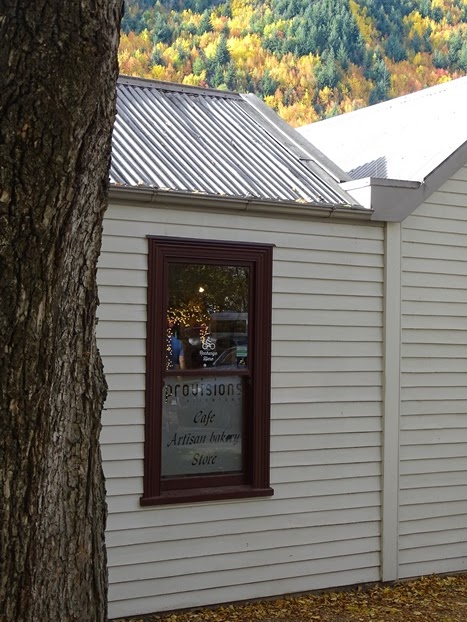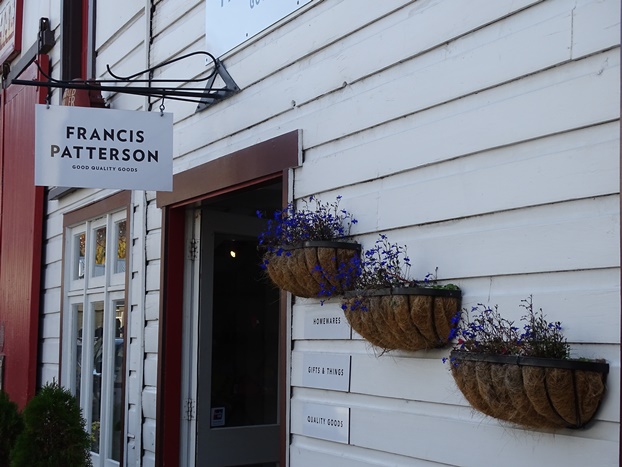Not far from Ranfurly is the small township of Naseby. Situated 2000 ft above sea level, it has a population of around 100 and has previously been known as Parkers, Hogburn and Mt Ida. There are two hotels in Naseby—the Royal Hotel is one of them.
There are a lot of older buildings in Naseby, many of them preserved as part of Naseby's history, rather than housing working businesses.
In the watchmaker's window.
The second hotel: the Ancient Briton
The hotel's outdoor seating area.
There are a number of picturesque dwellings throughout Naseby. This was just one of them.
Naseby offers visitors forest walks and bike trails, an indoor curling ice rink and a swimming dam. These beautiful trees were up near the dam, which doubles as the fire brigade's water supply. Naseby is situated in the midst of a forest, so in the summer, fires are a real risk to the township.


It seems wallabies are also a concern in these parts. We saw a couple of these signs today.
Nestled down among the trees is the Larchview Holiday Park. There were lots of caravans in this spot, but no people. Perhaps these were stored as there didn't seem to be any tow vehicles around.


There were a variety of introduced trees around a park/sports field. They were clearly named, which was very helpful.
These Wellingtonia specimens were most spectacular—huge trees with massive trunks and their branches were a sight to behold as well. It almost looked as if they didn't really belong.
As with many Central Otago towns, Naseby was originally a gold mining settlement—gold was discovered here in 1863. This display is a testimony to those origins.
If you cannot see "Post a Comment"
below, click here (and
scroll down to the bottom of the post) to talk to me!















































































